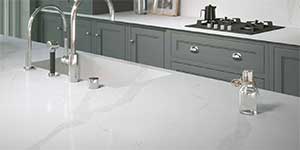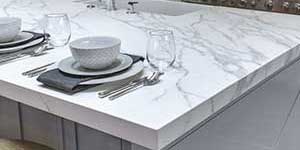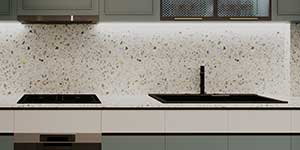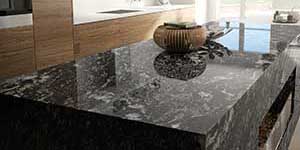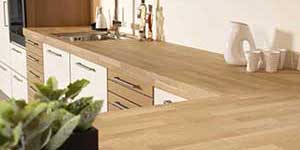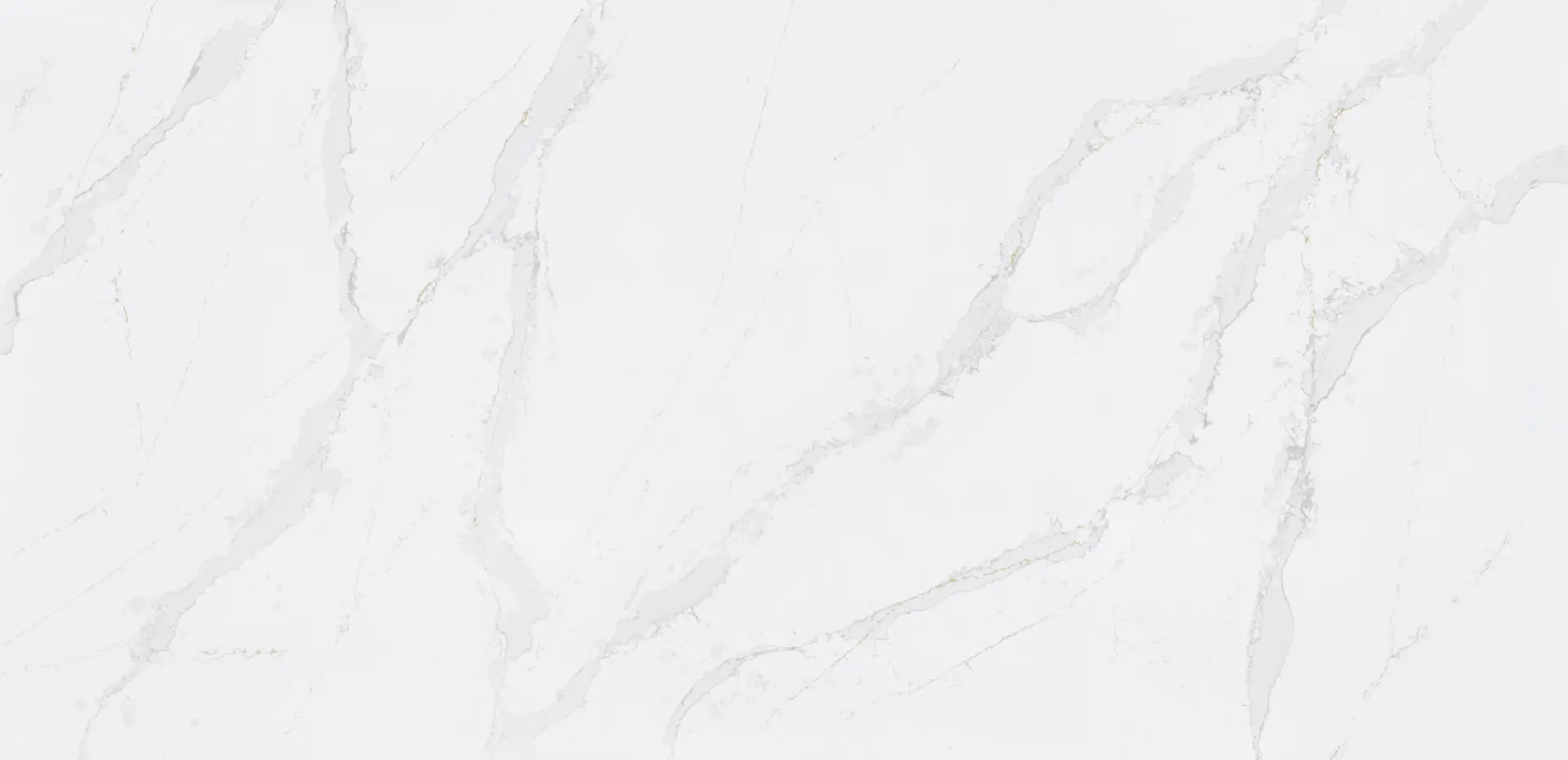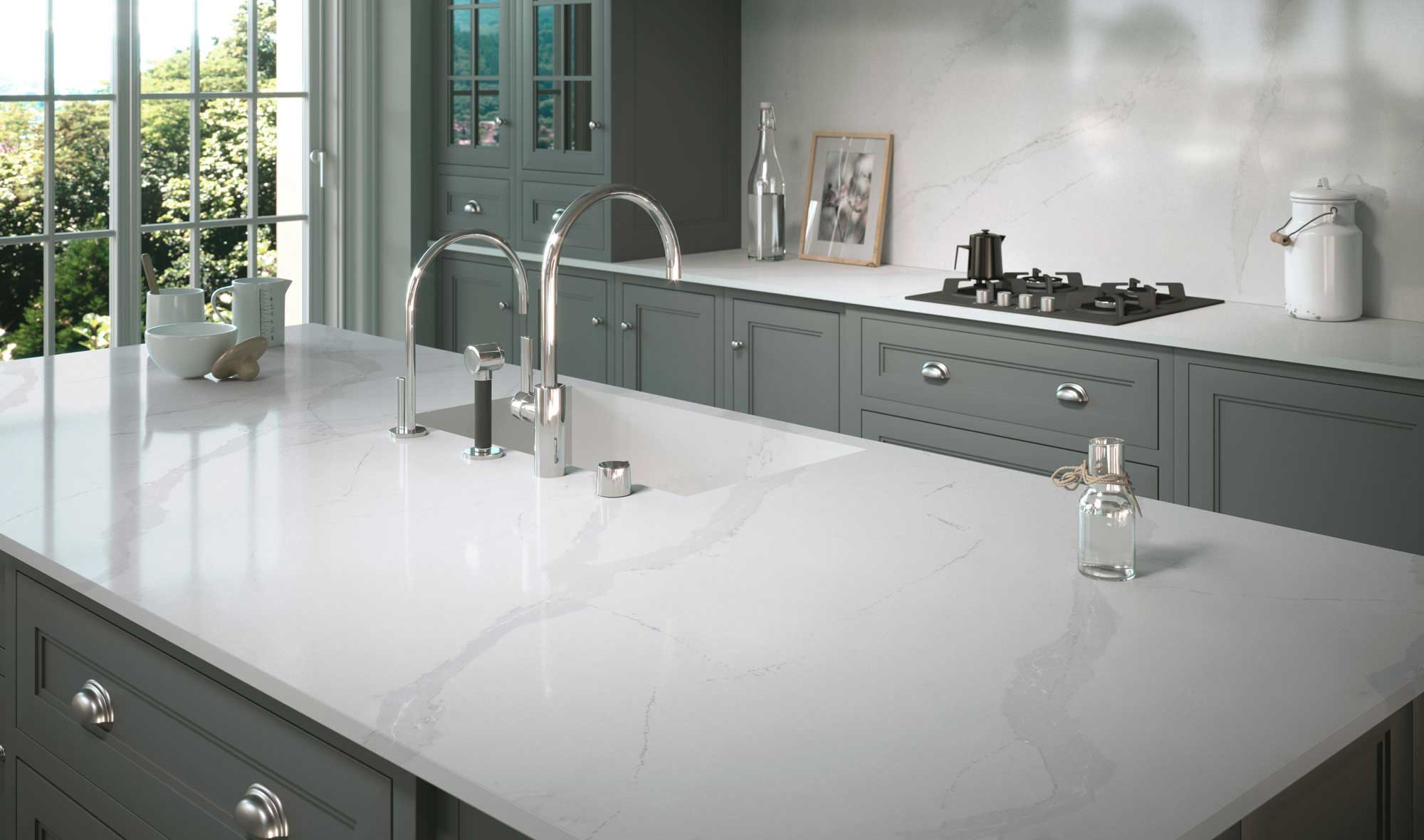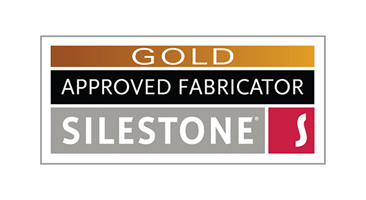Unmatched splendour in your kitchen with wooden worktops
Carefully selected solid wood, used in the best quality worktops, is a natural, living, breathing material that still responds to its environment, in many ways similar to when the tree was still growing in the forest, and if treated with loving care, will continue to develop its own unique character and an alluring patina, ensuring its beauty and elegance will keep on improving with age.
Whether you are thinking of enlivening your kitchen or bathroom with new wooden worktops or refreshing the appearance of your existing wooden countertops, you can further heighten the beauty of their uniquely detailed grain patterns and colours, and improve their functionality and water resistance with very little effort.
The most popular choices of hardwood for wooden worktops include oak, black oak, walnut, iroko, beech, cherry, teak and elm, each with its own unique qualities and appearance.
How do I enhance the natural beauty of wooden kitchen worktops?
Even though some people prefer the convenience and low maintenance of sealers, lacquers and wood varnishes, there is arguably no better way to bring out the depth and tone of the wood to enhance the natural beauty than regularly applying the right type of oil.
The exotic types of dense hardwood used for worktops are naturally infused with protective oil from the inside, making oils the logical choice to maintain and restore wooden worktops.
When the wood is freshly cut, the oil content at the surface gives the wood a lovely golden glow and warmth, but after some time, the oils dry out and the vibrant colours fade and it is time to renew the surface with a few layers of the right oil.
When restoring existing wooden worktops, sand them down to healthy and unblemished wood before oiling. New wooden worktops may need light sanding for a perfectly smooth surface.
Apply two initial coatings of oil, not forgetting the edges and underside which cannot be seen, to make sure the wood will not warp or bow. Let each coat soak into the wood fibres properly and lightly sand the surface before applying the next coat. In most cases, new wood worktops may require about five coats of oil.
For the best results, re-oil your wooden worktops at regular intervals, from between three to six months.
What types of oil are best for treating and preserving wooden worktops?
Two main types of oil are produced and sold to treat wooden worktops and it is necessary to distinguish between them to make the right choice.
- Wood oils (or natural oils) are usually made using only natural products and are therefore more environmentally friendly.
- Tung oil is a natural oil that comes from a tree found in China, Africa and some South American countries.
Tung oil is used as a finish to help protect the wood. Woodworkers use it to create a hand-rubbed finish and use it on worktops, wood furniture, boat decks, flooring, unfinished wood, weathered wood, concrete floors, stone, bamboo, brick, cabinetry, musical instruments and wood toys to enhance the natural beauty of the wood and create a distinctive patina. - Linseed oil is extracted from the seeds of the flax plant by steaming and crushing them. Raw linseed oil is boiled to remove impurities and helps to make the oil dry faster. If you thin the linseed oil (50-50) with white spirit it will be much easier to apply and speed up the drying time as the white spirit simply evaporates.
It is used as a preservative for wood and concrete, and as an ingredient in paints, varnishes, and stains. It penetrates the wood fibres and protects the wood from within and brings out the colour and texture of the wood. - Lemon oil is extracted from the skin of the lemon. It will help keep your wood from drying out while restoring its depth of grain and natural beauty. It’s easy to use and excellent for polishing, conditioning, and nourishing all wood surfaces, including teak and other oiled woods.
- Tung oil is a natural oil that comes from a tree found in China, Africa and some South American countries.
- So-called penetrating oils contain water- or solvent-based resin blends designed to make exotic woods more resistant to UV light.
- Danish oil is a blend of various natural oils such as tung and linseed oil with some synthetic additives to assist drying and hardening to form a tough seal.
Danish oil is a highly versatile oil that is water-resistant and food safe. This makes it a popular choice for real wood kitchen worktops, food utensils, wooden tool handles and more. It dries to a hard, satin finish and is very easy to maintain. - Teak oil is a mixture of various oils extracted from vegetables and should not be confused with the natural oils from teak wood itself.
Applying teak oil will help protect your teak furniture and prevent premature silver patina and ageing of the wood.
When buying teak oil, be aware that some oils contain pigment, which can change the appearance (depending on your goal). Test the oil on the underside or hidden area of the worktop to ensure you like the look.
- Danish oil is a blend of various natural oils such as tung and linseed oil with some synthetic additives to assist drying and hardening to form a tough seal.
What is the best way to oil your worktops?
- Clean the worktop, using a cloth and warm soapy water.
- If there is ingrained dirt or surface roughness, lightly sand the wood down to healthy wood.
- Do not be hasty and apply huge amounts of oil. Instead, apply several thin coats following these steps until the wood is saturated and then wipe off any excess.
- Pour a little of the oil directly onto the worktop. Use a lint-free cotton cloth or pad to spread a thin film evenly across the entire surface in circular motions, following the direction of the grain.
- Let the oil settle for a few minutes and then go over the entire surface again with the same cloth, but without adding any more oil, to ensure an even coating.
- If necessary, sand the surface lightly and then apply the next coat of oil in the same manner.
- Let the oil soak into the wood fibres and continue the process until the wood is saturated.
- Wipe off any excess oil and let it dry properly before putting anything down on the countertop.
Other inspiring articles
Exclusive 40% OFF on 6 colours of the new Caesarstone Porcelain Collection
Caesarstone, a world-renowned leader in premium surface materials, has expanded its impressive portfolio by introducing a new line of porcelain worktops. Famous for their high-quality quartz surfaces, Caesarstone’s venture into porcelain showcases their dedication [...]
Why Silestone Eternal Calacatta Gold is one of the UK’s best selling worktop colours
In the world of interior design, the kitchen is more than just a functional space; it's the heart of the home, a place where style meets practicality. One of the standout stars in kitchen [...]
A Solid Choice: Why Solid Surface Worktops are a Top Pick for your Kitchen
Solid surface worktops, such as Corian, Hanex, and Hi-macs, have been steadily gaining popularity in the world of kitchen design and renovation. While there's a plethora of worktop materials to choose from, solid surface [...]
Choosing the Perfect Kitchen Worktop
A comprehensive guide to Quartz, Solid Surface, Ultra Compact, Granite, and Wood When it comes to designing your dream kitchen, one of the most crucial decisions you'll make is selecting the perfect [...]


